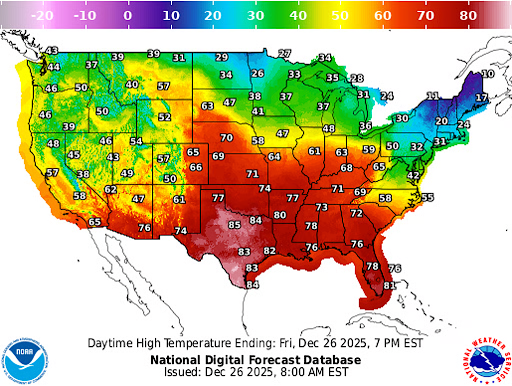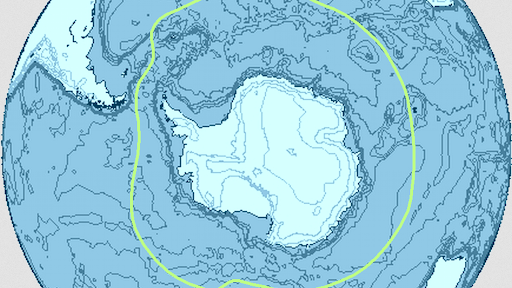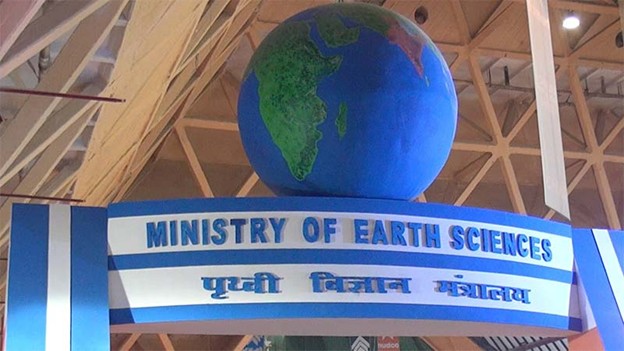



All of India is considered to be in Indian Standard Time (IST), which is 5 minutes ahead of UTC+5. Even though it was briefly used during the 1962 Sino-Indian War and the 1965 and 1971 Indo-Pakistani Wars, India chose not to observe daylight saving time (DST) or other seasonal adjustments.

Copyright infringement not intended
Source: Britannica
All areas of Indian law, commerce, the internet, and government are required by law to adhere to Indian Standard Time (IST).
It is India's official time zone, with Coordinated Universal Time (UTC) +5:30, and is based on the longitude 82.5° E, which passes through Mirzapur in Uttar Pradesh. Neighbouring countries, such as Sri Lanka, use the same UTC+5:30 offset.
|
IST Meridian |
Passes through 5 states: Uttar Pradesh, Madhya Pradesh, Chhattisgarh, Odisha, and Andhra Pradesh |
|
Establishment Year |
1906 |
|
Replaced Time Zones |
Older regional time zones like Bombay Time, Calcutta Time, and Madras Time |
|
Maintained By |
National Physical Laboratory (CSIR-NPL) |
|
Technology Used |
Ultra-precise atomic clocks (accuracy: loses only one second in millions of years) |
|
Daylight Saving Time |
India does not observe DST; IST remains constant throughout the year |
|
Definition |
Mean solar time at the Prime Meridian (0° longitude) located at the Royal Observatory in Greenwich, London |
|
Established |
1884, during the International Meridian Conference |
|
Basis |
Astronomical observations – mean position of the Sun over time |
|
DST Observance |
Does not observe Daylight Saving Time (DST) |
|
Seasonal Variation |
Does not change with seasons |
|
Current Relevance |
Largely replaced by UTC in scientific and civil use, but still used in some regions (e.g., UK during winter) |
Source: The Hindu
Practice Question:Q. Consider the following countries: How many of the above countries have more than four time zones? (a) All the five Answer:(c) Only three |





© 2026 iasgyan. All right reserved